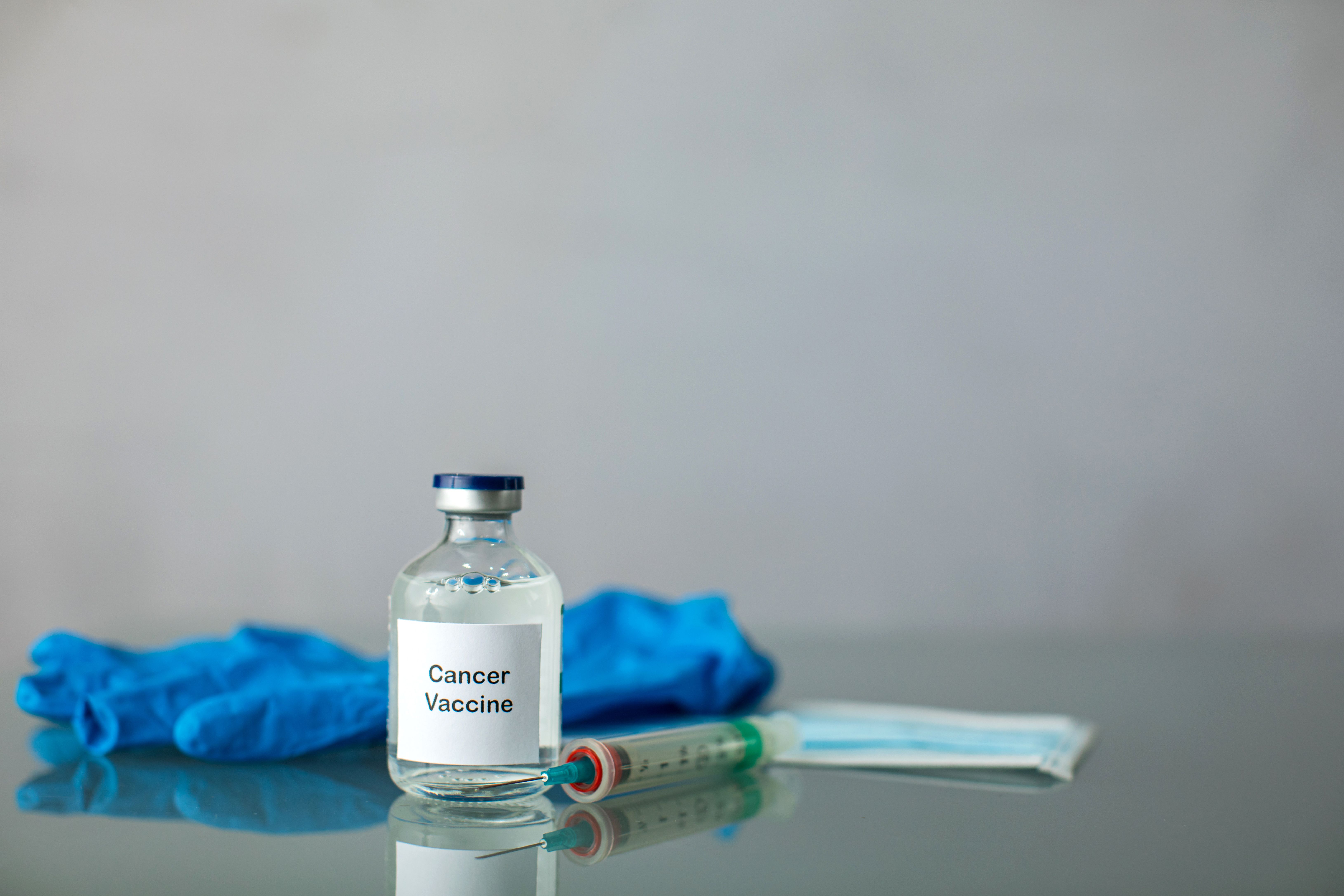Article
CRISPR Gene Editing Technology Moves Forward, NIH Panel Approves Human Trial
Author(s):
Scientists are enthusiastic about new technology that will be able to edit human genes.
At a time when PD-1 inhibitors are dominating the immunotherapy field, a team of researchers is seeking to use groundbreaking CRISPR gene editing technology for the first time in human beings to create an engineered T-cell agent that would knock out the gene that controls the immune checkpoint’s activity.
Plans for the complex therapy call for taking NY-ESO-1, a peptide-based form of adoptive immunotherapy already in clinical trials, and disrupting the activity of the PDCD1 gene that encodes PD-1 as well as the endogenous TRAC and TRBC genes, which control T-cell receptor (TCR) alpha and beta, respectively.
The goal would be to enhance the immune response with NY-ESO-1 by eliminating genomic drivers that hamper T-cell proliferation and function, University of Pennsylvania (UPenn) researchers said in describing the proposed study before a National Institutes of Health (NIH) panel on June 21.
The Recombinant DNA Advisory Committee (RAC) voted 12-0 with one abstention to support the study protocol, which now goes to the FDA for review.
Panel members said they were enthusiastic about the science underlying the proposal but recommended that the protocol be strengthened to more fully disclose the risks to participants and to safeguard against financial conflicts of interest that UPenn may have in advancing the technology. In addition, several panel members noted that patients who participate in the study should be fully reimbursed for the cost of related tests and housing needs.
The proposal marks an early clinical venture for the Parker Institute for Cancer Immunotherapy, a research collaborative funded by technology entrepreneur Sean Parker. Researchers from UPenn, which has pioneered T-cell engineering in hematologic malignancies, would lead the study and would work with investigators at The University of Texas MD Anderson Cancer Center and the UCSF Helen Diller Family Comprehensive Cancer Center.
The CRISPR technology that would be employed constitutes a breakthrough in genomic engineering because it is easier and faster to use for gene editing than earlier methods, according to the National Cancer Institute. CRISPR-Cas9, as the technology is known, utilizes the Cas9 DNA-cutting enzyme guided by an RNA molecule to a specific sequence to edit genes.
“This is really an exciting first-in-human protocol that’s main focus is to determine safety and manufacturing feasibility of attempting to maintain adoptively transferred T-cell function through simultaneously deleting the endogenous TCR and PD-1 genes using this CRISPR-Cas9 gene editing approach,” said Michael B. Atkins, a RAC panel member who is deputy director of the Georgetown-Lombardi Comprehensive Cancer Center.
“There are a lot of concerns and potential promise with this approach,” Atkins said. “The study is being conducted by a very experienced group, a very experienced team. It’s an important new approach. We’re going to learn a lot from this, and hopefully it will form the basis of new types of therapy.”
CRISPR technology is “a very rapidly advancing area,” said Carl H. June, a professor at UPenn’s Perelman School of Medicine who is serving as scientific adviser on the project, during the RAC panel hearing. June, a 2015 Giants of Cancer Care award winner, published the first round of results demonstrating the efficacy of chimeric antigen receptor (CAR) gene transfer therapy in patients with acute lymphoblastic leukemia.
June said the proposed new agent would build upon the early efficacy of NY-ESO-1 by improving T-cell function and reducing off-target activity. The FDA has granted a breakthrough therapy designation for a NY-ESO-1—targeting therapy as a treatment for synovial sarcoma that is being developed by Adaptimmune Therapeutics.
Although monoclonal antibodies targeting the PD-1/PD-L1 pathway are being rapidly adopted in multiple tumor types, the adoptive transfer of PD-1—deficient T cells that would occur with the proposed novel therapy has not been extensively studied, June noted.
If approved, the CRISPR-enabled study would seek to enroll 18 evaluable participants, with six patients each with these malignancies: relapsed/refractory multiple myeloma; metastatic or inoperable synovial sarcoma or myxoid/round cell liposarcoma; or progressive metastatic melanoma. To be eligible, patients must have received multiple lines of prior therapy.
Prior studies have shown that patients with these malignancies have been successfully treated with NY-ESO-1—directed therapies, said protocol chair Edward A. Stadtmauer, a professor at UPenn.
Participants must test positive for NY-ESO-1 expression on a tumor biopsy and for human leukocyte antigen-A2 (HLA-A2). Stadtmauer said the rationale for focusing on NY-ESO-1 positivity is that it is highly expressed on the tumors selected for study: more than 70 percent of the sarcoma subtypes, approximately 50 percent of myelomas and 28 percent to 45 percent of melanomas. HLA-A2 must be present in order for NY-ESO-1 TCR-expressing T cells to be activated, he indicated.
The manufacturing process, which would occur at UPenn, would take 35 days.
Patients would be pretreated with a lymphodepleting regimen of fludarabine and cyclophosphamide for those with solid tumors and cyclophosphamide alone for participants with multiple myeloma. They then would receive a single infusion of the T-cell therapy.
Participants who experience disease progression or cell manufacturing failure would be replaced with other patients during the study, Stadtmauer indicated. The protocol calls for close monitoring during infusion and periodic checks for 15 years.
The potential toxicities from the treatment include uncontrolled T-cell proliferation, tumor lysis syndrome, cytokine release syndrome (CRS), chemotherapy adverse events and as yet unknown off-target disruption. The protocol includes plans for managing these toxicities, particularly for CRS, a common phenomenon observed with T-cell therapies; severe cases of CRS have been implicated in several fatalities among patients in some CAR studies.


